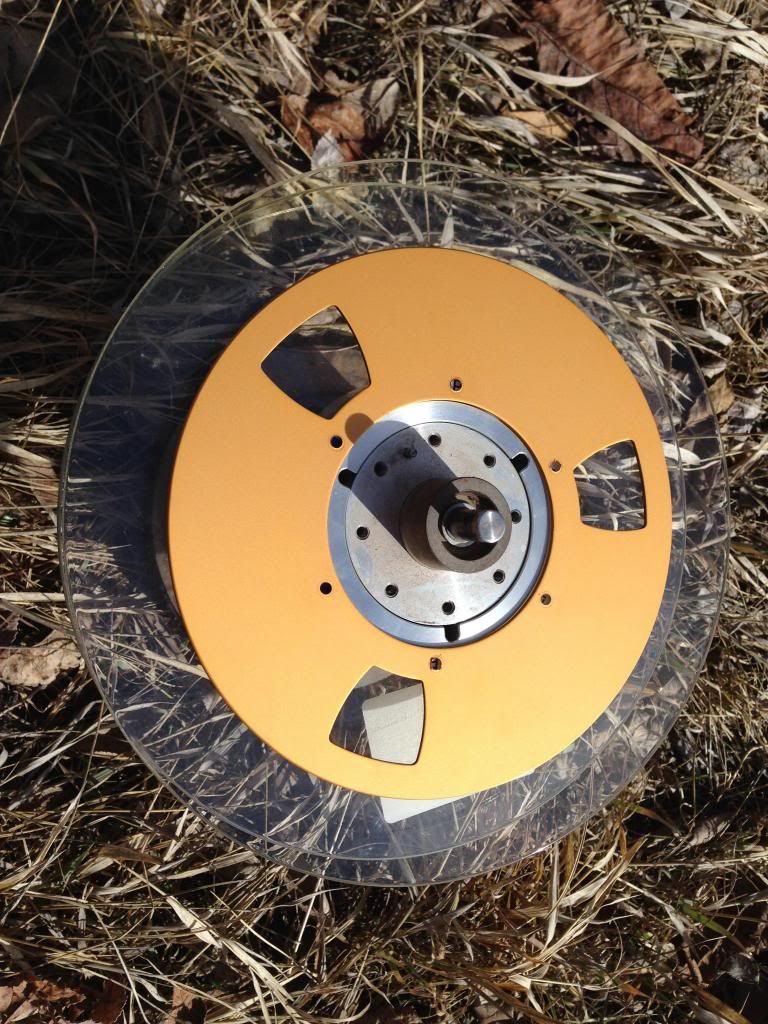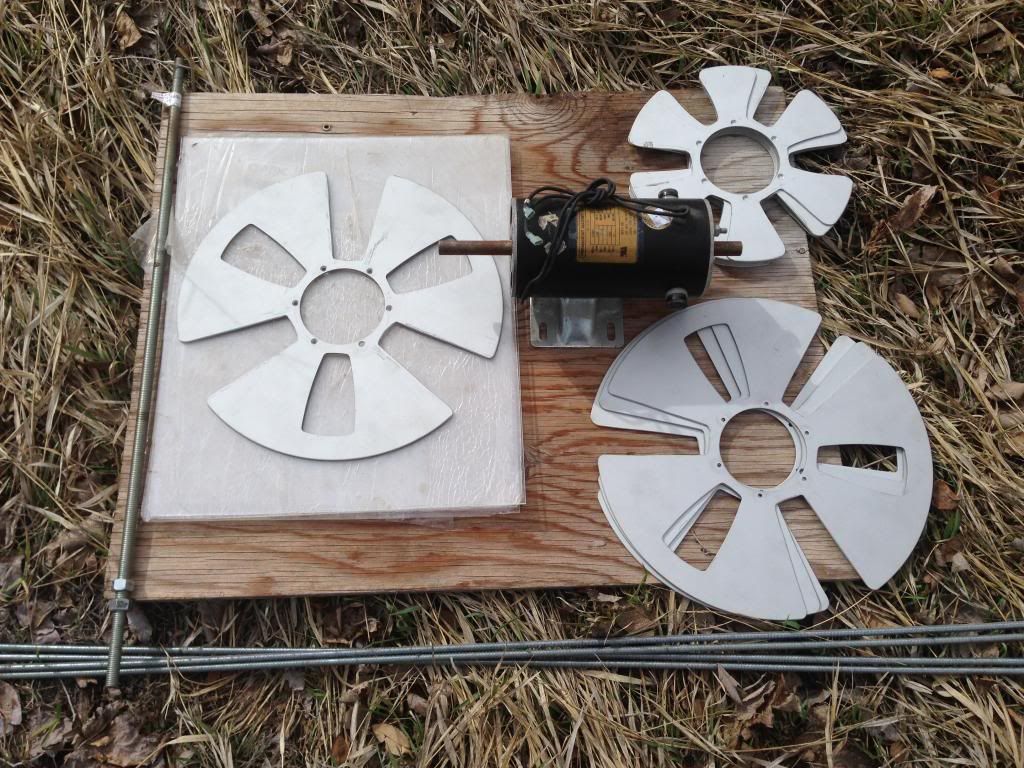Thought i drop that Video here how a Guy build a Wimhurst. Looks easier at all as to buy plastic Disks.
Wimshurst Machine Build Part 1 - YouTube
Found another even more simply one with Cd-Disks
How To Build a CD Wimshurst Machine - YouTube
Wimshurst Machine Build Part 1 - YouTube
Found another even more simply one with Cd-Disks
How To Build a CD Wimshurst Machine - YouTube





Comment